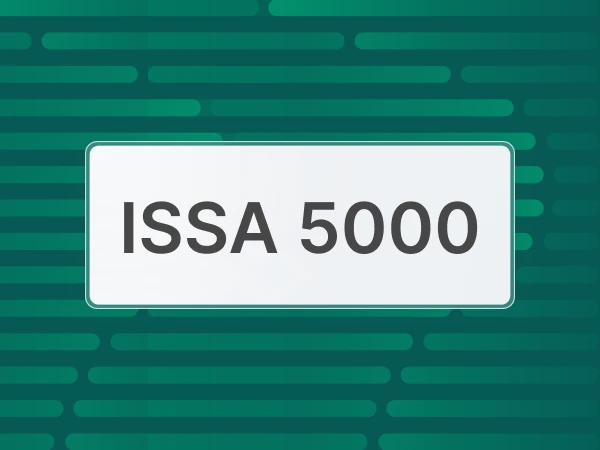How it works
Val Dogà is a fishing valley located below sea level. To allow the correct biological balance, it requires continuous replacement of seawater through the use of mobile bulkheads.
By controlling water exchange, the reproduction of the algal substrate is promoted, maximizing the fixation of CO2: the capture of CO2 occurs mainly during summer seasons, while in winter algae are transported to the seabed, permanently storing CO2 caught.
This process is repeated annually, allowing the generation of carbon credits depending on the quantities of CO2 fixed by algae and trapped in the seabed.
Where does it develop
The project is developed in Italy, in the Venice lagoon; more precisely near the embankment of the SILE canal and covers about 1,688 hectares, of which about 1,000 are occupied by brackish water basins. Val Dogà also gives those who decide to support the project the opportunity to visit the fishing valley.
The certifications
The Val Dogà project is a certified beta-neutral initiative that allows the seizure of CO2 from the atmosphere inside the Venice Lagoon. The beta-neutral program is recognized in the UNI document, and allows you to certify projects for the removal of CO2 that can be used by companies to offset their emissions.
Benefits
In the absence of controlled management of the valley area, there would be an increase in CO emissions2 due to the eutrophication mechanisms that normally take place in the uncontrolled part of the Venetian lagoon. Val Dogà captures more than 300,000 tons of CO annually2 equivalent to the atmosphere, it favors the recruitment of local personnel, protects the biodiversity present in the Venice Lagoon and allows the continuation of a historic activity.
The project in a nutshell
• CO2 capture
• Preservation of biodiversity
• Economic and social development
• Improving marine conditions










































